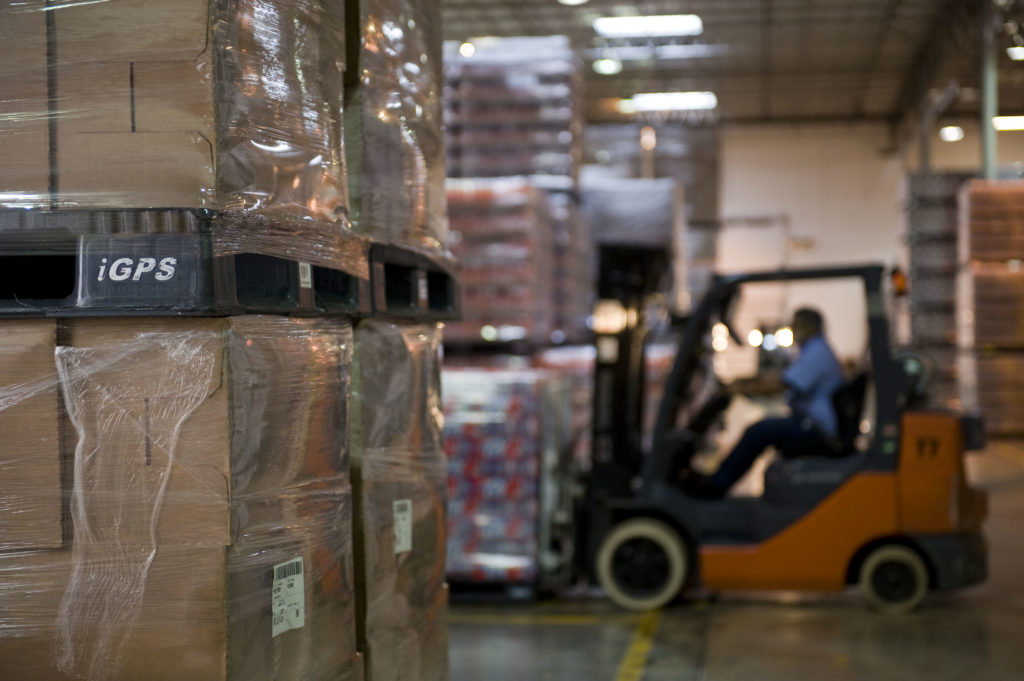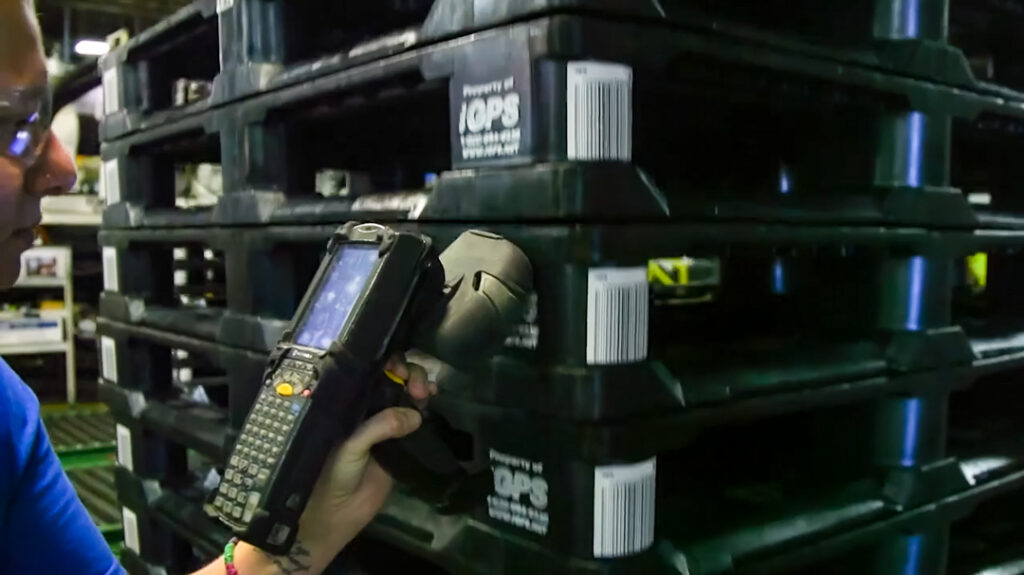ARTICLE UPDATED ON AUGUST 10, 2023
Cross docking is a supply chain tactic that eliminates the need for a warehouse, at least in theory. In this approach, incoming freight from trucks is directly transferred across the shipping dock and loaded onto outbound trucks without going through a separate facility. However, the reality of implementing cross docking as a supply chain strategy is often more intricate, as there can be delays with outbound trucks and other disruptions. As a result, there is usually some allowance for short-term storage in a supply chain model that relies on cross docking.
The primary objective of employing cross docking as a supply chain strategy is to minimize storage, handling, and labor costs, while simultaneously improving order fulfillment speed. It exemplifies the concept of just-in-time (JIT) delivery and effectively delivers these advantages. Nonetheless, arranging cross docking can be complex, requiring regular updates to adapt to changing demands. The absence of long-term storage in this strategy means that any errors, delays, or interruptions can have significant consequences. While not suitable for all product types, adopting a cross docking strategy for specialized product chains or specific channels within a larger network can enhance a company’s competitiveness by reducing costs and improving customer satisfaction. And, now that 90 percent of consumers expect two- or three-day shipping to be standard, perhaps one of the most important benefits of cross docking is the quick turnaround times.
The Types of Cross Docking Found in the Supply Chain

Cross docking in the supply chain generally follows one of two different models. The first is a single channel point-to-point model that is typically used when transferring freight from one mode of transportation to another. For example, transferring pallets from a train car to a truck or cargo containers from a ship to a truck. The more common model for a cross docking is a hub-and-spoke system, which is similar to the system used at U.S. airports. Freight coming from long distances arrives at a central location where the large load is broken up into smaller lots as it is offloaded. These lots are then taken across the loading dock to smaller vehicles that serve nearby locations. Cross docking strategies can be further categorized by the load level that outgoing shipments are broken into:
- Load Unit Level: In load unit level cross docking, pallets are transferred intact from one form of transportation to another. There is little to no handling of the products at the facility, and they are simply moved from one vehicle to another. This strategy is simple, quick, and cost-effective with little overhead.
- Case Level: Products are shipped out in cases or as individual cartons. Larger incoming loads arrive on pallets and are offloaded and broken down into individual boxes. They are then shipped out as individual parcels. The redistribution is determined by the individual Stock Keeping Unit (SKU) on the carton. This is the model that underlies most online retail sales and delivery, and final distribution is usually through parcel services.
- Mixed Case Level: Cross docking at the mixed case level requires the most labor and equipment. Incoming pallet loads are not transferred as-is or merely broken up; instead, they are unpacked, sorted, and redistributed onto new pallets for final shipment to the end customer.
In most cases, cross docking as a supply chain strategy involves implementing all of the above methods, sometimes in the same facility. The biggest challenge can be keeping channels that are working with different load sizes connected without error.
Cross Docking in Receiving and Distribution

Cross docking distribution centers are essentially transfer stations with little to no storage space. However, cross docking can also take place at large warehouses and distribution centers that specialize in storing large quantities of products. In these cases, the practice of cross docking is usually applied to a small proportion of the products that the warehouse handles. Cross docking may be applied in different ways:
- Opportunistic Cross Docking: In many distribution centers, cross docking only occurs when circumstances require it. Priority items, such as circumstances in which a customer paid extra for urgent delivery, or products that have arrived late, may skip the usual processing and proceed straight to the loading dock in order to meet a deadline. Cross-docked products may be shipped individually or be combined with inventory in the warehouse for the final shipment as needed to fulfill the order.
- Hybrid Cross Docking: In this model of cross docking, both long-term storage of products and quick throughput of products without storage are a normal part of operations. Cross-docked products are regularly combined with products that are stored long-term. The resulting mixed caseloads are then shipped out.
- Consolidated Cross Docking: Distribution centers that combine incoming shipments from two forms of transportation consolidate loads. The rapid throughput of these locations means that there is little need to store products for any length of time. They can be found close to manufacturing points, where they create consolidated loads for long-range shipment by rail or sea vessel.
A warehouse or distribution center may practice any of these forms of cross docking as its needs and circumstances require; however, hybrid and opportunistic cross docking are the most common practices. For most logistics managers, cross docking as a supply chain strategy is a complicated and attention- and resource-intensive task because it is an outlier operation. Because of this, many managers have begun to make use of technology that supports the practice.
Technology Enables Cross Docking As a Supply Chain Strategy

Cross docking and other just-in-time delivery methodologies require some level of computer technology to be successful – the managing of all the products in numerous channels across the vast distances of a continent-wide supply chain demands it.
One way managers are streamlining their cross docking processes is by the wider implementation of Radio Frequency Identification (RFID) tracking. RFID chips transmit a simple identification code when a signal gives them power. This transmitted code can be picked up remotely, and when linked to a database, can be used to record product movement easily and accurately. The most cost-effective way to use RFID technology is by integrating the chips into shipping platforms like pallets. This can make cross docking as a supply chain strategy both simpler and more effective. However, the chip needs to remain in place during the lifetime of the pallet, which makes wood pallets undesirable for use with RFID technology.
One solution is the use of RFID-enabled plastic pallets. A chip is easily embedded in a plastic pallet to provide load unit level tracking. The remote readability of RFID chips makes it easy to keep track of pallet loads, ensuring that their location is transparent across the entire supply chain and helping prevent missed connections.
If done correctly, and with the use of all available technology, cross docking as a supply chain strategy can reduce shipping times, lower costs, and improve overall customer satisfaction. Logistics managers should look for ways to implement technology into their cross docking strategies to realize greater benefits and remain competitive in an ever-changing environment.
Companies looking to improve their cross docking processes use iGPS plastic pallets for all their shipping needs. Our lightweight, recyclable plastic pallets incorporate RFID technology, making them traceable throughout a supply chain. For more information, contact us at 1-800-884-0225, email a specialist at switch@igps.net, or visit our contact page.




